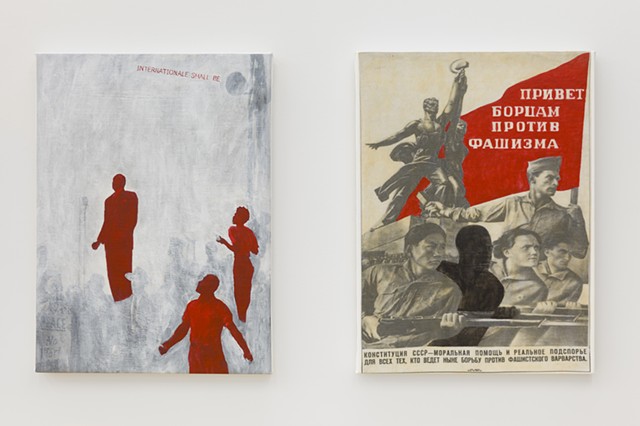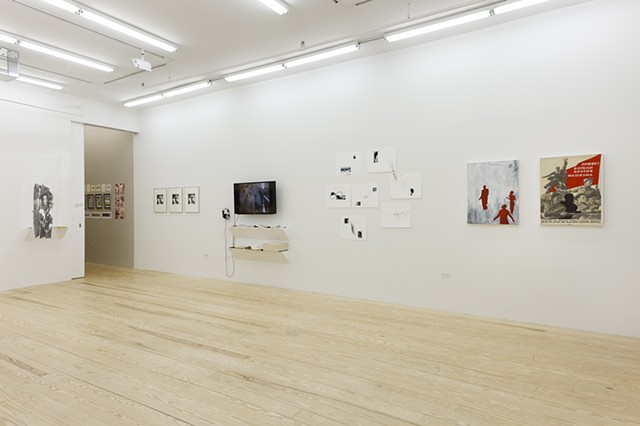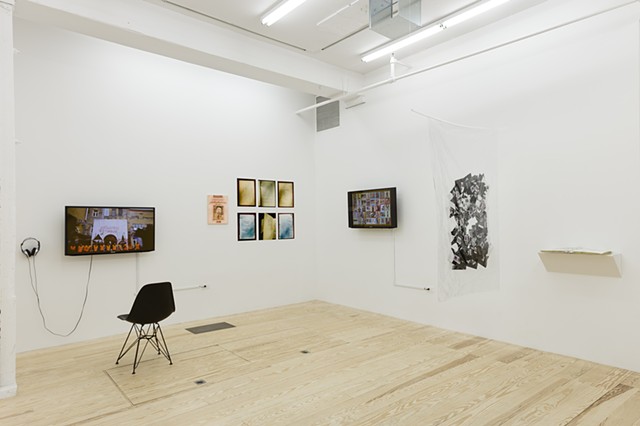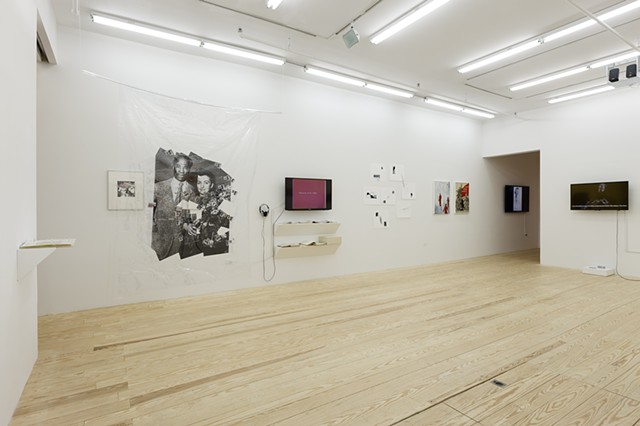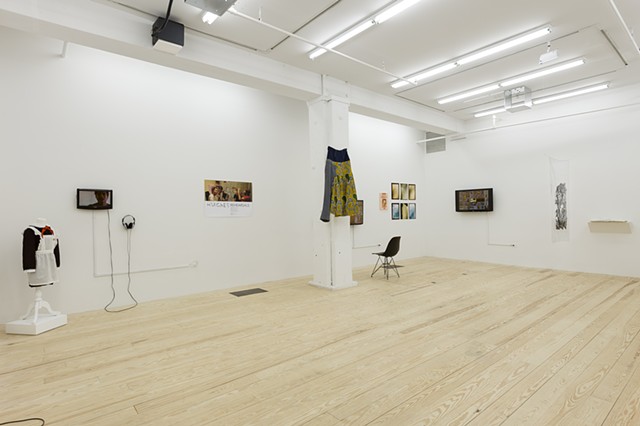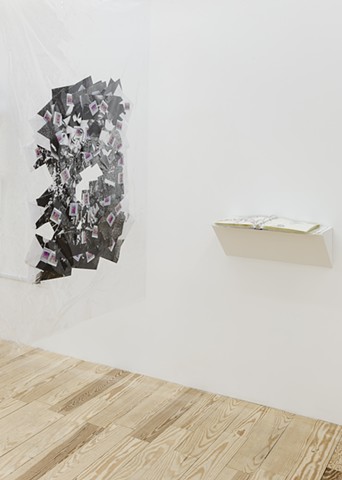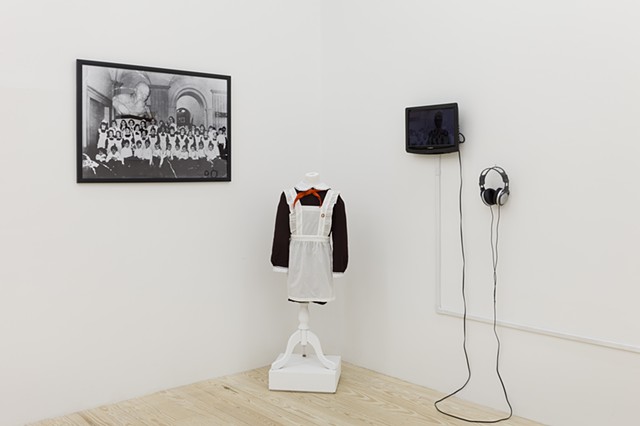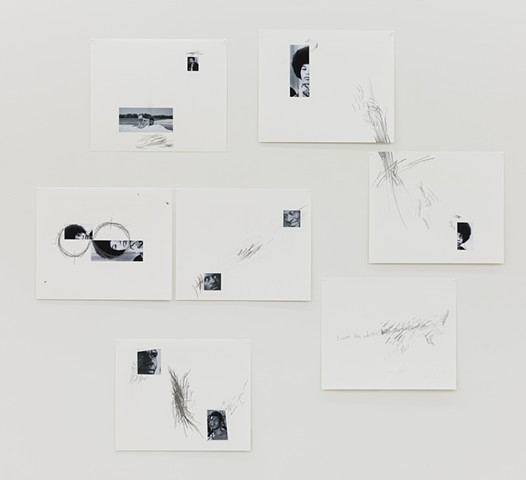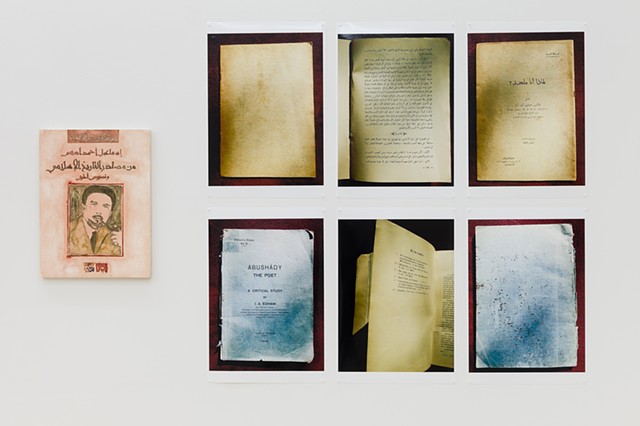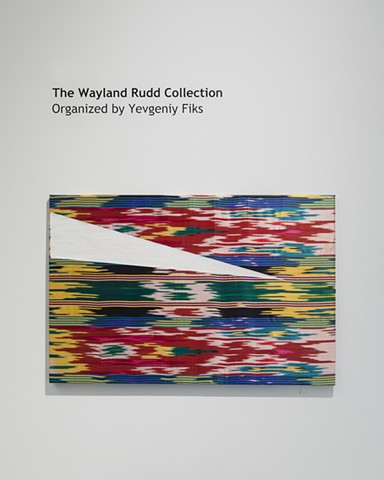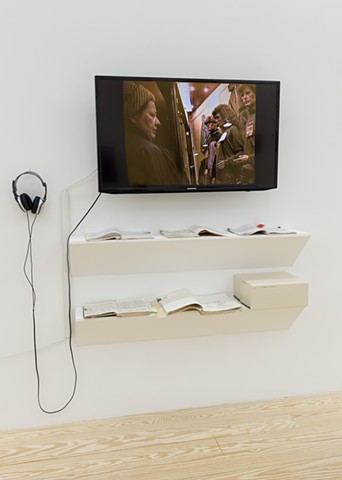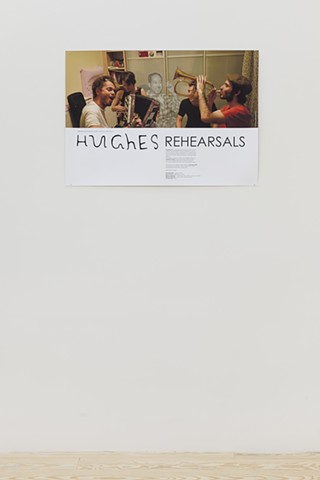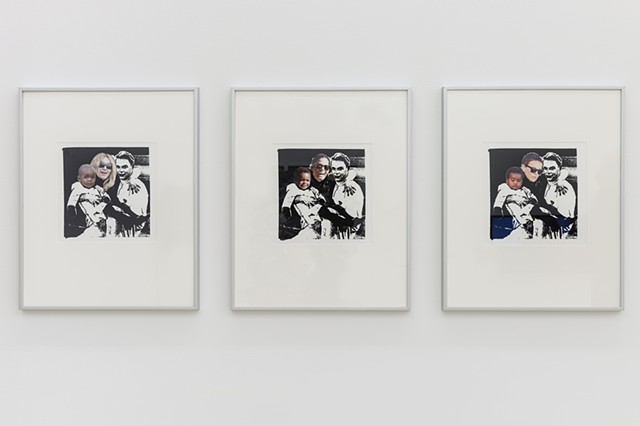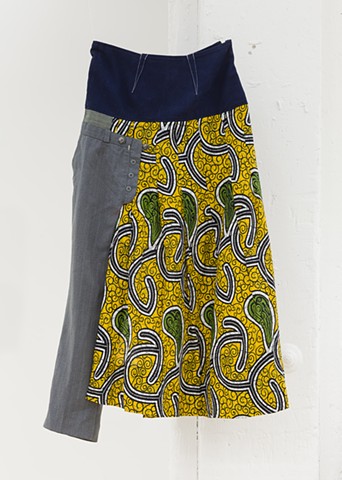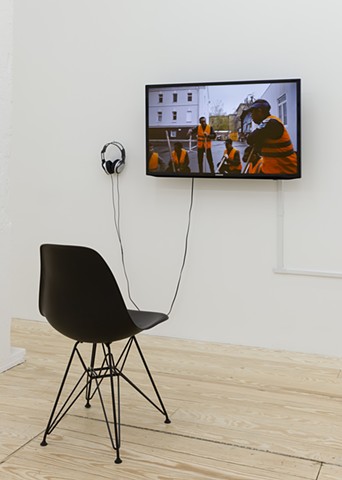The Wayland Rudd Collection, 2014
The Wayland Rudd Collection is a collaborative project organized by Yevgeniy Fiks that focuses on the representation of Africans and African-Americans in Soviet visual culture. A point of departure for this project is Fiks’ collection of over 200 Soviet images (paintings, movie stills, posters, graphics, etc.) of Africans and African-Americans spanning from the 1920s to the 1980s. Fiks invited contemporary artists and academics to select one or more images from this collection and to respond to it, either via artwork or other forms. Some of the participants chose to react to Fiks’ invitation with artworks tha t were already premade, but which reflect on the issues that are raised in Fiks’ original call for participation.
Wayland Rudd was an American actor who began performing in the Hedgerow Theater in Rose Valley, Pennsylvania under the directorship of Jasper Deeter. Rudd first received critical acclaim for his performance in Eugene O’Neill’s “Emperor Jones.” Frustrated over racism in the entertainment industry, Rudd moved to the Soviet Union in 1932 where he began a successful career in Soviet Theater and Film including work with the famed Russian Director Vsevolod Meyerhold. He later received a degree from the Theatrical Art Institute in Moscow and worked at the Stanislavsky Opera and Drama Theater. Rudd died in Moscow in 1952.
During Wayland Rudd’s twenty year-long career in the Soviet Union, he appeared in numerous films, theatrical performances, and plays. He was also used as a model for paintings, drawings, and propaganda posters and, in many respects, defined the image of the “Negro” for generations of Soviet people. Although only a small section of the assembled images in The Wayland Rudd Collection are of Wayland Rudd, the project is given his name to commemorate this American-Soviet actor’s personal story as a case in point of the complex intersection of 20th century American-Soviet narrative.
The historical Soviet images present a very complex and often contradictory mapping of the intersection of race and Communism in the Soviet context. They present this issue as unresolved, revealing the Soviet legacy on race as a mix bag of internationalism, solidarity, humanism, Communist ideals as well as exoticization, otherness, racist stereotyping, and hypocrisy.
Artists in the exhibition: Ivan Brazhkin, Michael Paul Britto, Suzanne Broughel, Maria Buyondo, Zachary Fabri, Joy Garnett, Alexey Katalkin, Kara Lynch, Nontsikelelo Mutiti, Nikolay Oleynikov and Arkadiy Kots Band, Natalia Pershina-Yakimanskaya (Gluklya), Jenny Polak, Dread Scott, and Haim Sokol
Selected Bibliography
Tinashe Mushakavanhu, The Wayland Rudd Collection at First Floor Gallery Harare, Art South Africa, September 2014
Elvis Fuentes, Yevgeniy Fiks: The Wayland Rudd Collection, Art Experience NYC, June 2014
Yeukai Karengezeka, Exhibition on racism at First Floor Gallery, Herald, June 24, 2014
Kundai Marunya, Wayland Rudd Collection makes stopover in Zim, NewsDay, June 23, 2014
Viktoria Kupchinetskaya, Chto Znachilo Byt' Chernokozhim v CCCP?, Voice of America, Feb 17, 2014
Holland Cotter, The Wayland Rudd Collection, The New York Times, Feb 7, 2014
Marc Climaco, 29 Astounding Soviet Propaganda Images Promoting Racial Equality, Buzzfeed, January 20, 2014
Maryam Omidi, Soviet images of Africans go on show at New York gallery, Calvert Journal, January 20, 2014
Louis Proyect, The Wayland Rudd Collection: the Red and the Black, LouisProyect, January 20, 2014
